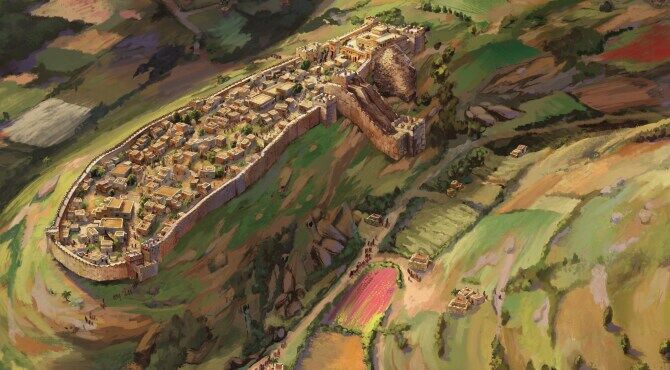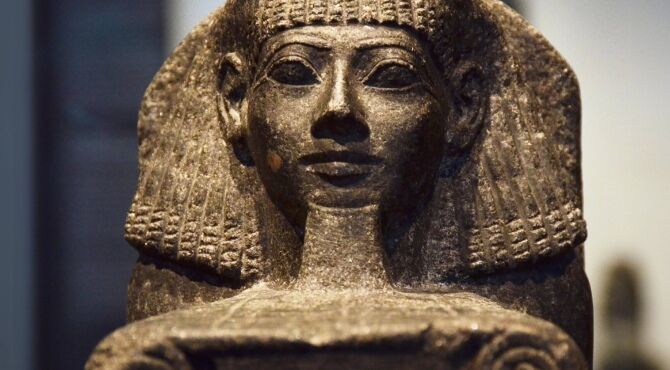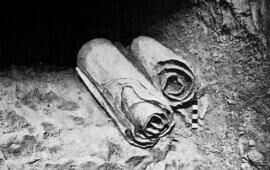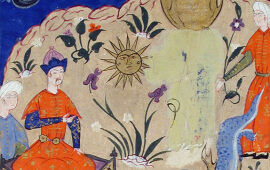- Articles
-
Excavations
- Overview
- Ophel Excavation 2025 (Upper Area)
- Ophel Excavation 2025 (Lower Area)
- Ophel Excavation 2024
- Ophel Excavation 2023
- Ophel Excavation 2022
- Ophel Excavation 2018
- Ophel Excavation 2013
- Ophel Excavation 2012
- Ophel Excavation 2009–2010
- City of David Excavation 2007–2008
- City of David Excavation 2006–2007
- Exhibits
- Publications & Reports
- Videos
- Visuals
- Tours
- עברית
- Articles
-
Excavations
- Overview
- Ophel Excavation 2025 (Upper Area)
- Ophel Excavation 2025 (Lower Area)
- Ophel Excavation 2024
- Ophel Excavation 2023
- Ophel Excavation 2022
- Ophel Excavation 2018
- Ophel Excavation 2013
- Ophel Excavation 2012
- Ophel Excavation 2009–2010
- City of David Excavation 2007–2008
- City of David Excavation 2006–2007
- Exhibits
- Publications & Reports
- Videos
- Visuals
- Tours
- עברית
Copyright ©
2025
Gerald R. Flurry, All Rights Reserved.


























